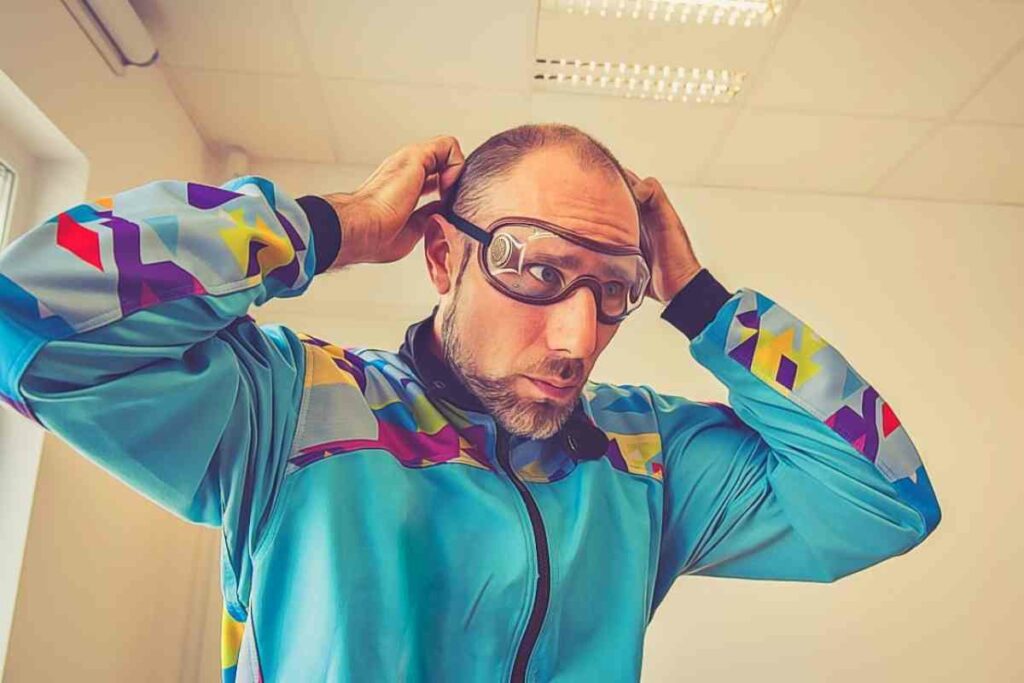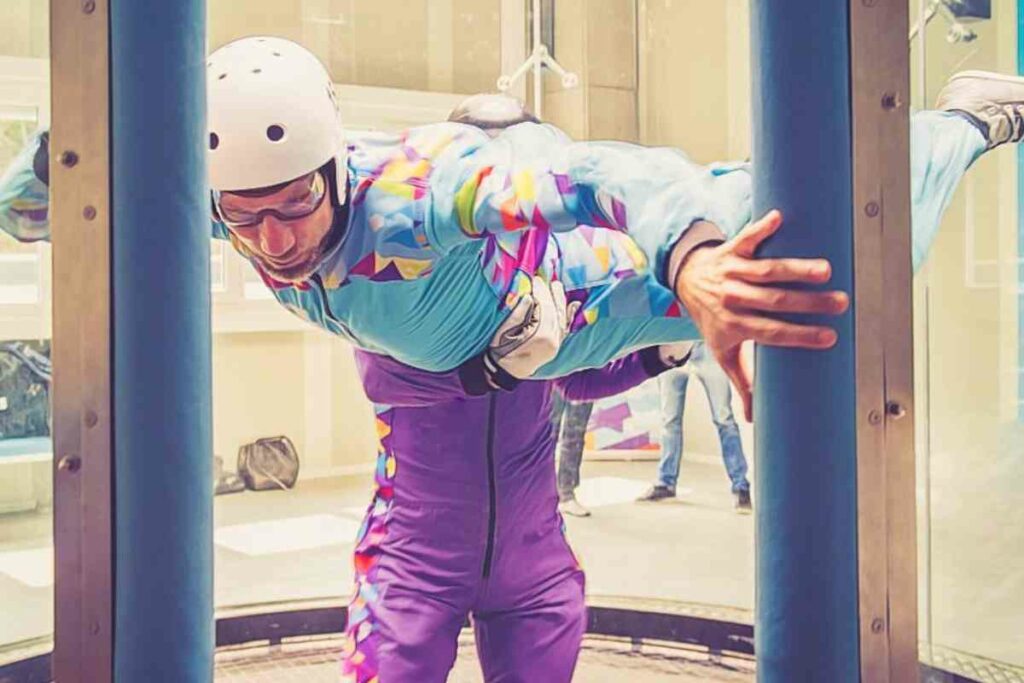Skydiving is perhaps the most well-known form of skydiving and the riskiest. Indoor skydiving is considerably safer.
Unlike with outdoor skydiving, you aren’t truly falling, but instead suspended in a controlled wind tunnel.
This being said, there are still some risks. So, what are some safety measures that are taken during indoor skydiving?
It’s best to be informed!
Safety Measures Taken During Indoor Skydiving
There are a few safety measures that you can take to avoid confusion or injury (injury is rare, but can still happen without due care).
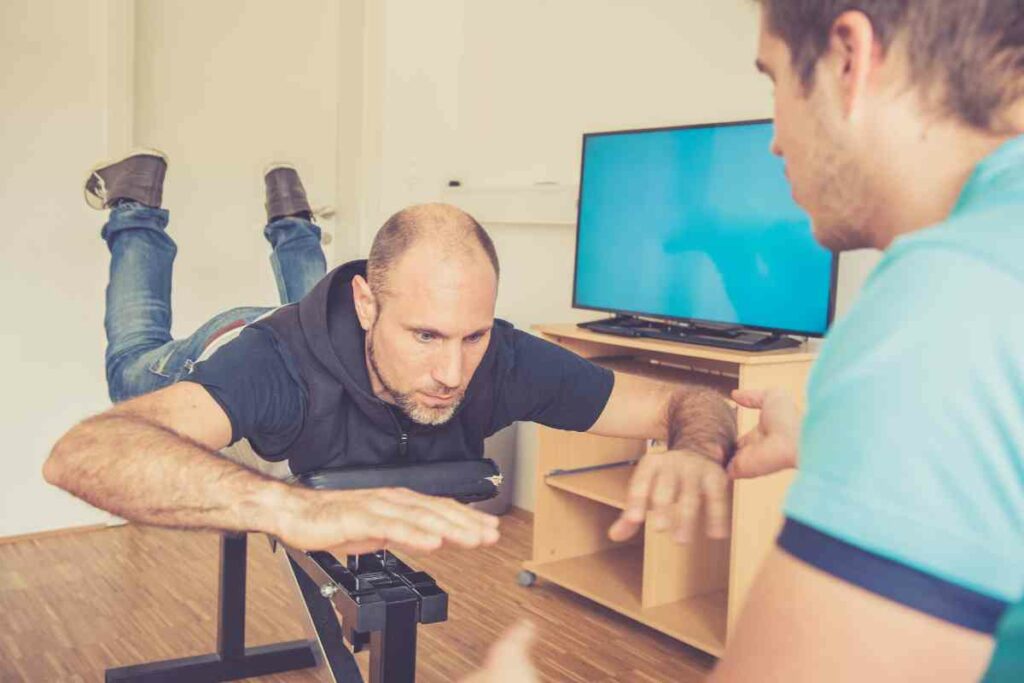
This will ensure the most positive indoor skydiving experience possible.
Most who try it say it’s a lot of fun, as long as you keep the following in mind.
Read before you go – Can You Indoor Skydive If You Have a Medical Condition?
Know-How
First and foremost, you’ll need to have the proper indoor skydiving know-how.
This includes basic, key information like how to turn, how to get in/out of the wind tunnel properly, that sort of thing. Without this knowledge, it would be all too easy to lose control, or simply not be able to move around.
Fortunately, any good indoor skydiving place starts out with a briefing, providing you with the know-how to enter the wind tunnel and start skydiving with confidence.
If you practice, you’ll be turning tricks in no time. In fact, oftentimes, so you can see everything you can learn and do ultimately, your instructors will put on a show!
Gear
Next up is the gear.
As you can imagine, the proper gear is important and will help prevent scuffs or injury.
It will also help streamline you so you glide along on the wind tunnel better!
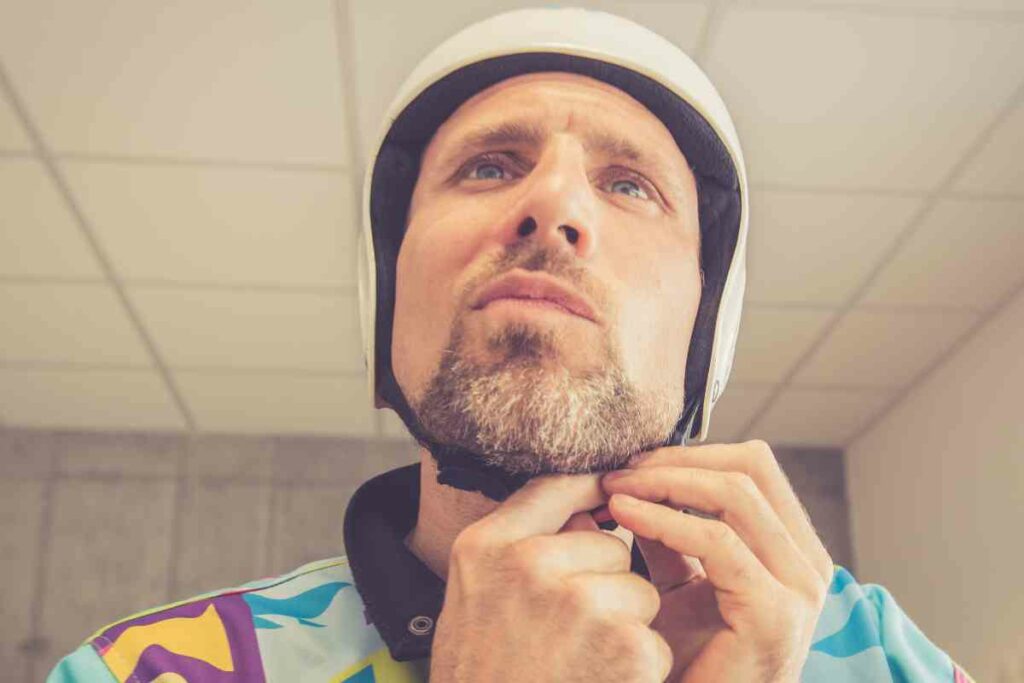
From the streamlined flight outfit to protective accessories, each of these elements serves a crucial purpose in enhancing the indoor skydiving experience:
- You start with a flight outfit, which is what will streamline your body and help you move about in the wind tunnel more smoothly. It also provides some protection for the skin, helping reduce scuffs. You can just dress comfortably, as your flight outfit will be provided!
- Perhaps the most important item when it comes to protective gear is the helmet. If you happen to bonk heads with another indoor skydiver, this will make sure you come away without bruises, a headache, or head injury (the latter of which is incredibly rare – but better safe than sorry).
- Knee pads are also part of the standard indoor skydiving gear. Knees are sensitive to bumps, and it’s just smart to give them a bit of extra padding for your comfort. If you happen to knock your knees against the walls of the wind tunnel or another indoor skydiver, your knee pads will have your back!
- Elbows are even more sensitive to bumps, scrapes, and injury than knees are. For this reason, elbow pads will also be provided!
- While you’ll be able to breathe just fine in the wind tunnel, it’s hard to see without goggles – your eyes get watery and blurry. Goggles will shield them and keep your vision clear. They’re also useful in case a bit of debris or hair is blown into your face – your eyes will be protected!
- Lace-up trainers are the shoe of choice when it comes to indoor skydiving. They provide your bare feet with protection, but aren’t so heavy-duty that they’ll put other indoor skydivers at risk!
Also Helpful ?
Hand Signals
What are some safety measures that are taken during indoor skydiving?
At the briefing, your instructors will teach you some hand signals, so you can communicate effectively in the wind tunnel.
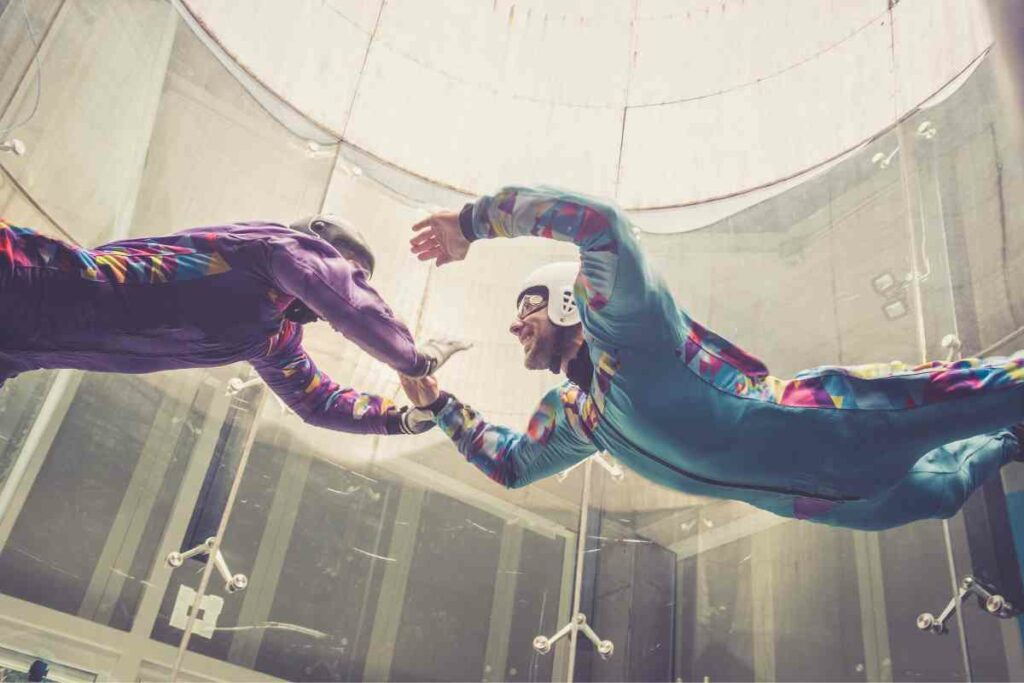
These hand signals include “chin up,” “stop,” “help,” “legs in,” “legs out,” and relax!
For example, “chin up,” (pointing up) is a signal you might receive if you’re keeping your head down too much.
This isn’t proper indoor skydiving form (don’t worry, it just takes a bit of practice), and the others can’t see your face, so you might get an occasional “chin up” from your instructor!
Health Requirements
Finally, there are certain health requirements you’ll need to meet in order to indoor skydive.
If you have heart, back, or neck problems, you’ll need to check in with your doctor. Pregnant women aren’t allowed to fly, and you must under 250 pounds and 3+ years old!
Interested in learning more? Give our Beginners Guide to Indoor Skydiving a read and discover additional insights!
Final Words
As you can see, luckily, indoor skydiving is fairly safe, especially when certain precautions are taken.
Just make sure to use the proper gear, learn the hand signals, practice, and have the rest of the proper know-how!



